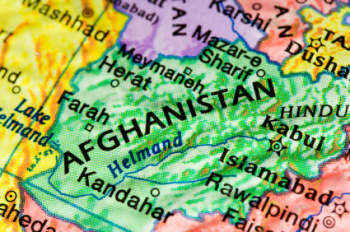Despite what everyone was calling a much lower than expected number of voters in yesterday’s parliamentary election, Afghanistan’s Independent Election Commission reported a 40% turnout, claiming 3.6 million votes were cast out of 9.2 million eligible voters.
 Which immediately raised some eyebrows, because the IEC claimed 11.4 million eligible voters in last year’s vote, and their website insists they have registered 16.7 million voters.
Which immediately raised some eyebrows, because the IEC claimed 11.4 million eligible voters in last year’s vote, and their website insists they have registered 16.7 million voters.
The official explanation for this was that “security concerns” had forced roughly one in five polling places across the nation to not even open, and that IEC deducted the 2.2 million “eligible” voters who weren’t even theoretically able to cast their votes.
Which might sound reasonable, but the exact same problem was true last year, when large numbers of polling sites didn’t open. Yet the IEC turnout in that election was based on the 11.4 million number, not the 9.2 million. And at that time it was justified because 15.6 million were registered at the time, but millions of them weren’t able to vote because of security problems.
Which means IEC is actually compounding its “unable to vote” numbers in each election, artificially reducing the eligible voter numbers in an effort to make the turnout ratings look less abysmal than they really are.
In a pre-vote poll nearly 70% were said to be planning to vote, yet even the 40% official count seems an extreme overestimation. The threat of violence was likely a part of this low turnout, but the even bigger issue seems to be that large numbers of potential voters believed that the election was going to be rigged all along.


